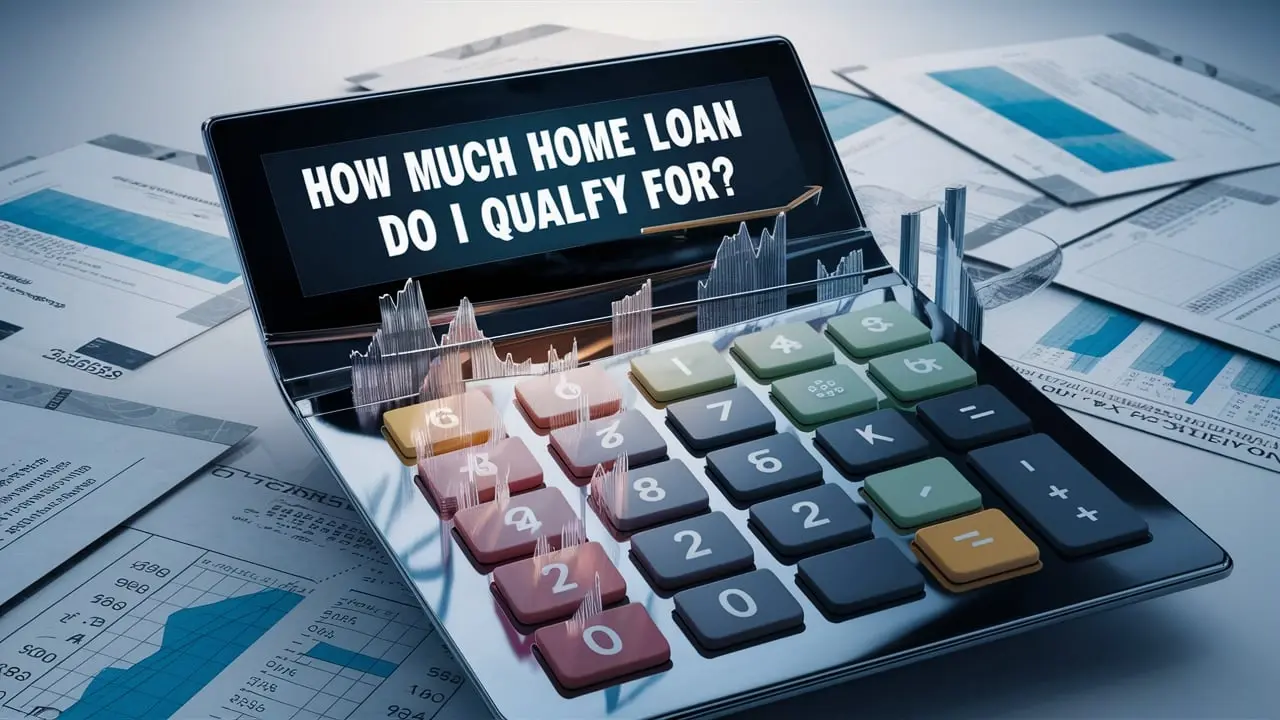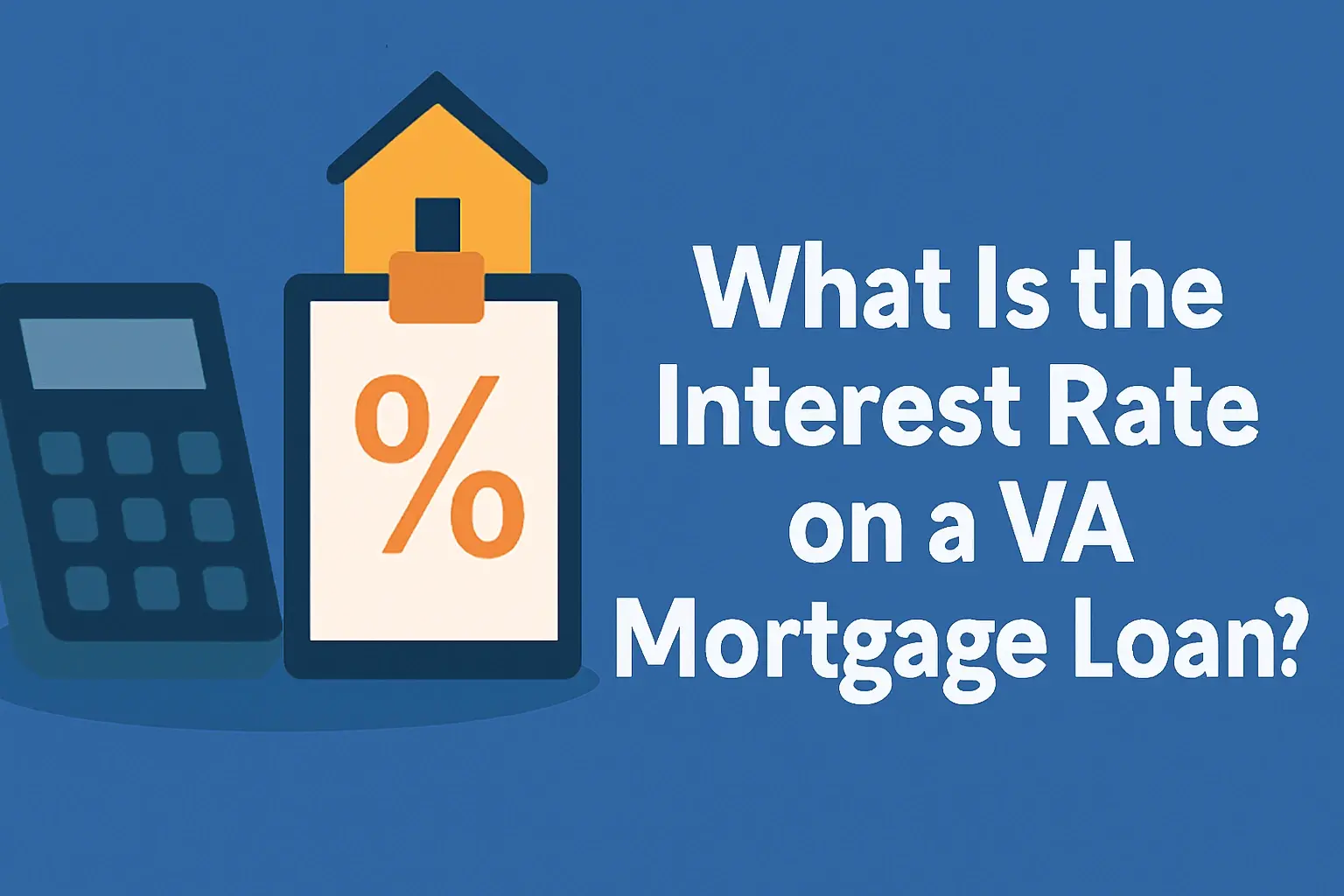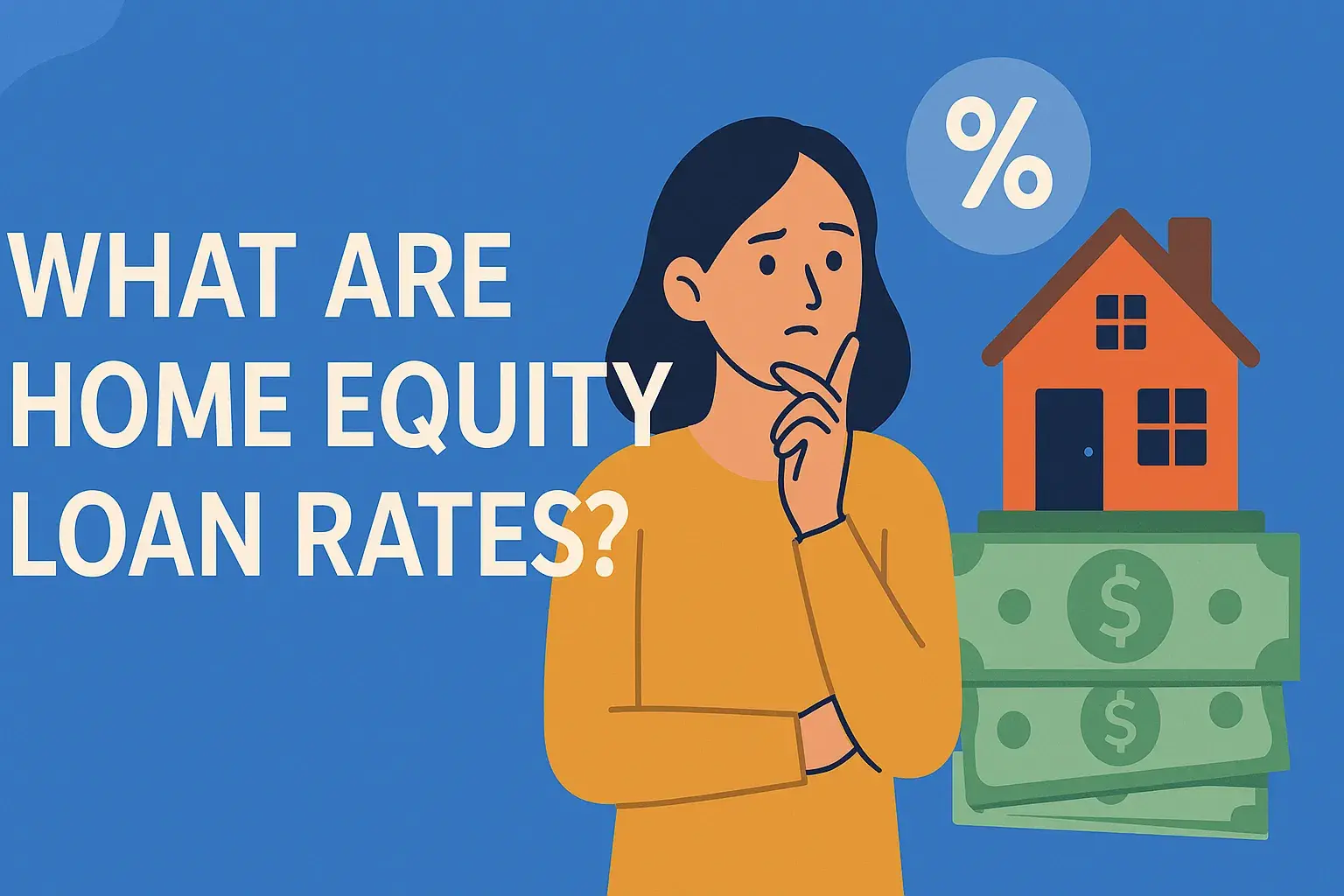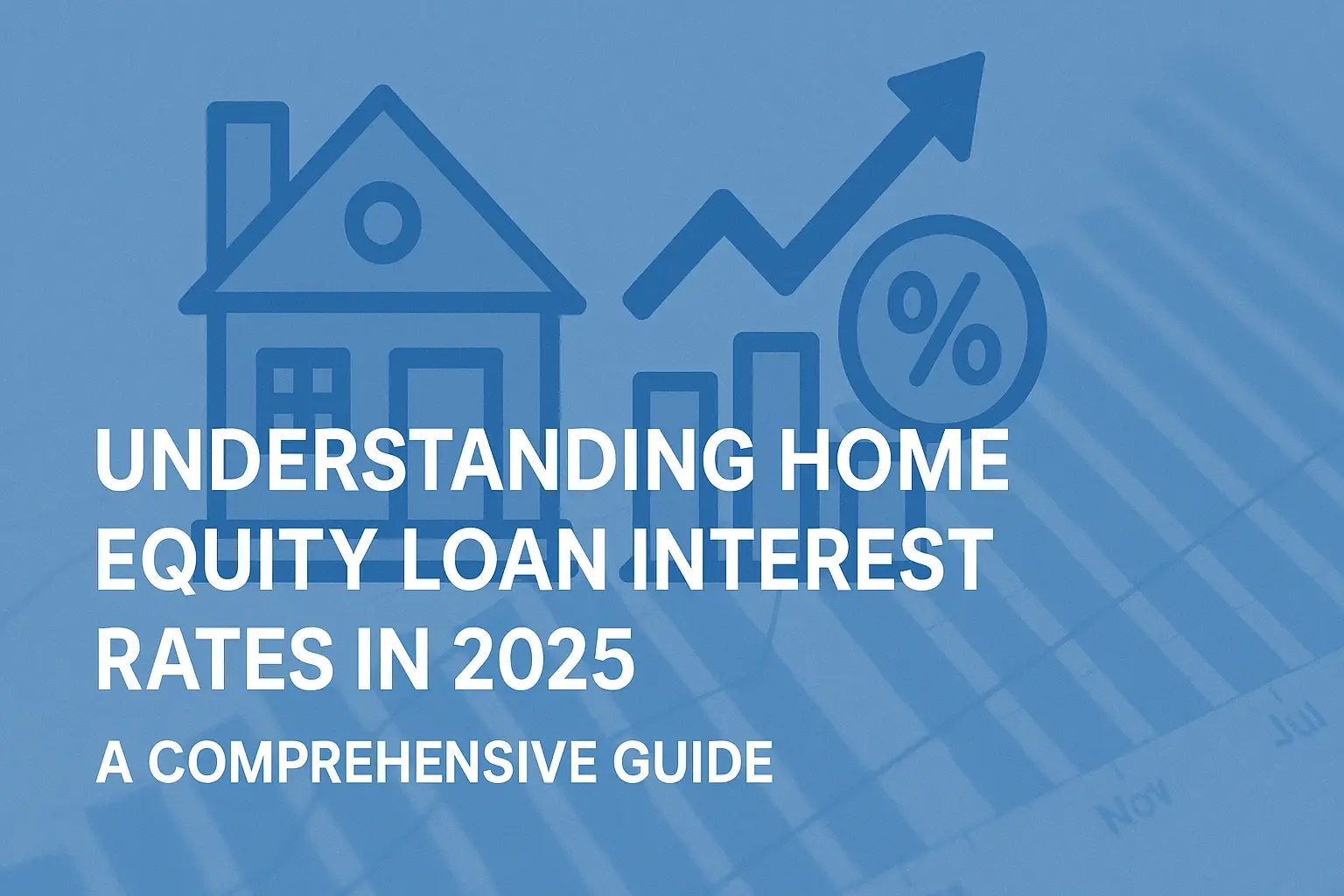-
Posted on: 23 Aug 2024

-
Buying a home is a significant financial decision, and understanding how much you can borrow is a crucial first step. Determining your loan qualification amount involves several factors assessed by lenders to gauge your ability to repay the loan. This guide will walk you through these factors and provide valuable insights to help you understand your borrowing potential.
Key Factors Influencing Your Home Loan Qualification
Lenders consider a variety of factors when determining the amount of home loan you qualify for. These factors are designed to assess your creditworthiness and ability to manage mortgage payments reliably.
1. Income: Your Earning Power
Your income is a primary determinant of your borrowing capacity. Lenders want to see a stable and consistent income stream that demonstrates your ability to handle monthly mortgage payments. They will typically look at:
- Gross Monthly Income: This is your total income before taxes and other deductions.
- Income Stability: Lenders prefer to see a history of stable employment, ideally with the same employer for at least two years.
- Income Verification: Expect to provide documentation such as pay stubs, W-2 forms, and tax returns to verify your income. Self-employed individuals will usually need to provide more extensive documentation, including profit and loss statements.
Lenders might also consider other sources of income, such as alimony, child support, or investment income, but these may need to be documented and proven as consistent.
2. Credit Score: A History of Responsible Borrowing
Your credit score is a numerical representation of your credit history and demonstrates how responsibly you’ve managed credit in the past. A higher credit score typically results in better loan terms, including lower interest rates and more favorable loan amounts.
Here's a general breakdown of credit score ranges and their impact on mortgage approval:
- Excellent (740-850): You'll likely qualify for the best interest rates and loan terms.
- Good (670-739): You'll likely be approved for a mortgage, but your interest rate might be slightly higher.
- Fair (580-669): Mortgage approval is possible, but you might face higher interest rates and stricter loan terms.
- Poor (300-579): Securing a mortgage will be challenging, and if approved, you'll likely pay very high interest rates. Consider focusing on improving your credit score before applying.
Check your credit report regularly for errors and address any inaccuracies promptly. Paying bills on time, reducing credit card debt, and avoiding new credit applications before applying for a mortgage can all help improve your credit score.
3. Debt-to-Income Ratio (DTI): Balancing Debt and Income
Your debt-to-income ratio (DTI) is a crucial metric lenders use to assess your ability to manage debt. It's calculated by dividing your total monthly debt payments (including the prospective mortgage payment) by your gross monthly income. A lower DTI indicates that you have more disposable income available to handle mortgage payments.
There are generally two types of DTI ratios lenders consider:
- Front-End DTI (Housing Ratio): This ratio compares your estimated monthly housing costs (including principal, interest, taxes, and insurance - PITI) to your gross monthly income. A generally acceptable front-end DTI is typically below 28%.
- Back-End DTI (Total Debt Ratio): This ratio includes all your monthly debt payments, such as credit card debt, student loans, auto loans, and the estimated mortgage payment, divided by your gross monthly income. A generally acceptable back-end DTI is typically below 36%, although some lenders may go as high as 43%.
Lowering your DTI can significantly improve your chances of getting approved for a larger home loan. Strategies to reduce your DTI include paying down existing debt, avoiding new debt, and potentially increasing your income.
4. Down Payment: Your Initial Investment
The size of your down payment impacts both the amount of your loan and the overall cost of your mortgage. A larger down payment reduces the loan amount, which can lead to lower monthly payments and less interest paid over the life of the loan.
Here's how down payment size can affect your loan terms:
- Lower Loan-to-Value (LTV): A larger down payment results in a lower loan-to-value (LTV) ratio, which is the ratio of the loan amount to the appraised value of the property. Lenders generally offer better interest rates for lower LTV ratios.
- Private Mortgage Insurance (PMI): If your down payment is less than 20% of the home's purchase price, you'll typically be required to pay private mortgage insurance (PMI). PMI protects the lender if you default on the loan. A larger down payment eliminates the need for PMI, saving you money each month.
- Home Equity: A larger down payment immediately increases your equity in the home, which can be beneficial if you need to borrow against your home in the future.
While a 20% down payment is ideal to avoid PMI and secure the best interest rates, there are many loan programs available with lower down payment options, such as FHA loans (as low as 3.5% down) and some conventional loan programs (as low as 3% down).
5. Assets: Showing Financial Strength
Lenders also consider your assets when assessing your loan application. Assets demonstrate your financial stability and ability to cover unexpected expenses or potential shortfalls in income.
Common assets lenders consider include:
- Savings Accounts: Funds in checking and savings accounts.
- Investment Accounts: Stocks, bonds, mutual funds, and retirement accounts.
- Other Assets: Certificates of deposit (CDs), money market accounts, and other valuable assets.
Having substantial assets can increase your chances of loan approval and may allow you to qualify for a larger loan amount. Lenders may require documentation to verify the source and amount of your assets.
6. Type of Loan: Different Options, Different Requirements
The type of mortgage you choose also influences the loan amount you can qualify for. Different loan programs have different eligibility requirements and loan limits.
Common types of mortgages include:
- Conventional Loans: These are not backed by the government and typically require a higher credit score and a larger down payment.
- FHA Loans: Insured by the Federal Housing Administration (FHA), these loans are designed for borrowers with lower credit scores and smaller down payments. They have specific loan limits that vary by county.
- VA Loans: Guaranteed by the Department of Veterans Affairs (VA), these loans are available to eligible veterans and active-duty military personnel. They often require no down payment and have more lenient credit requirements.
- USDA Loans: Backed by the U.S. Department of Agriculture (USDA), these loans are available to borrowers in rural and suburban areas and often require no down payment.
Each loan type has its own set of guidelines regarding income, credit score, DTI, and down payment requirements. Researching the different loan options and selecting the one that best suits your financial situation is crucial.
Estimating Your Loan Amount: Getting a Pre-Approval
While understanding the factors influencing your loan qualification is essential, the best way to determine how much you can borrow is to get pre-approved for a mortgage. Pre-approval involves submitting your financial information to a lender, who will then assess your creditworthiness and provide a preliminary estimate of the loan amount you qualify for.
Here's why getting pre-approved is beneficial:
- Accurate Loan Amount: Pre-approval provides a more accurate estimate of the loan amount you can borrow compared to simply using online calculators.
- Strengthened Offer: A pre-approval letter strengthens your offer when you find a home you want to buy, as it demonstrates to the seller that you're a serious and qualified buyer.
- Faster Closing: Pre-approval can speed up the closing process, as much of the underwriting work is completed upfront.
- Confidence: Knowing your budget beforehand gives you confidence when searching for a home.
To get pre-approved, you'll typically need to provide the lender with documentation such as:
- Proof of income (pay stubs, W-2s, tax returns)
- Bank statements
- Credit report authorization
- Proof of assets
- Identification
Tips to Maximize Your Home Loan Qualification
If you're looking to increase the amount of home loan you qualify for, consider the following tips:
- Improve Your Credit Score: Pay bills on time, reduce credit card debt, and avoid new credit applications.
- Lower Your DTI: Pay down existing debt, such as credit card balances and student loans.
- Increase Your Down Payment: Save more money for a larger down payment, which can lower your loan amount and eliminate PMI.
- Increase Your Income: Explore opportunities to increase your income, such as taking on a side hustle or seeking a promotion at work.
- Consolidate Debt: Consider consolidating high-interest debt into a lower-interest loan, which can reduce your monthly debt payments and improve your DTI.
- Shop Around for the Best Rates: Don't settle for the first loan offer you receive. Shop around with multiple lenders to compare interest rates and loan terms.
Factors That Can Reduce Your Loan Approval Amount
It's important to be aware of factors that can negatively impact the amount of your loan approval or even lead to denial. Some common reasons include:
- High Debt-to-Income Ratio: Excessive debt can signal to lenders that you may struggle to manage your mortgage payments.
- Poor Credit History: A history of late payments, defaults, or bankruptcies can significantly reduce your chances of approval.
- Unstable Income: Lenders prefer stable and consistent income, so frequent job changes or inconsistent income can be a red flag.
- Large Outstanding Debts: Significant outstanding debts, such as student loans or auto loans, can impact your DTI and reduce your borrowing power.
- Inaccurate or Incomplete Information: Providing inaccurate or incomplete information on your loan application can lead to denial or a reduced loan amount.








